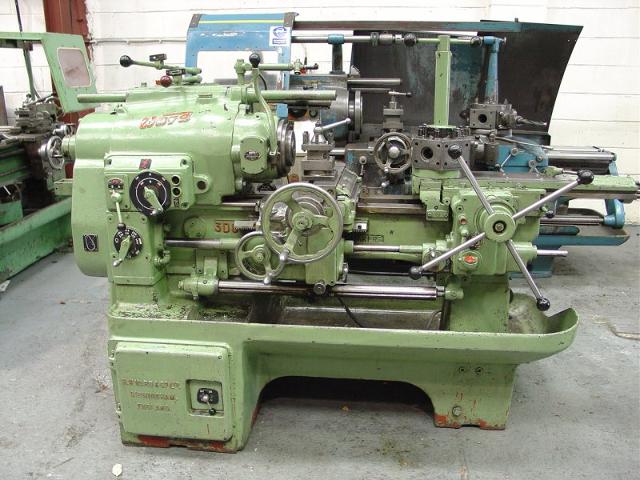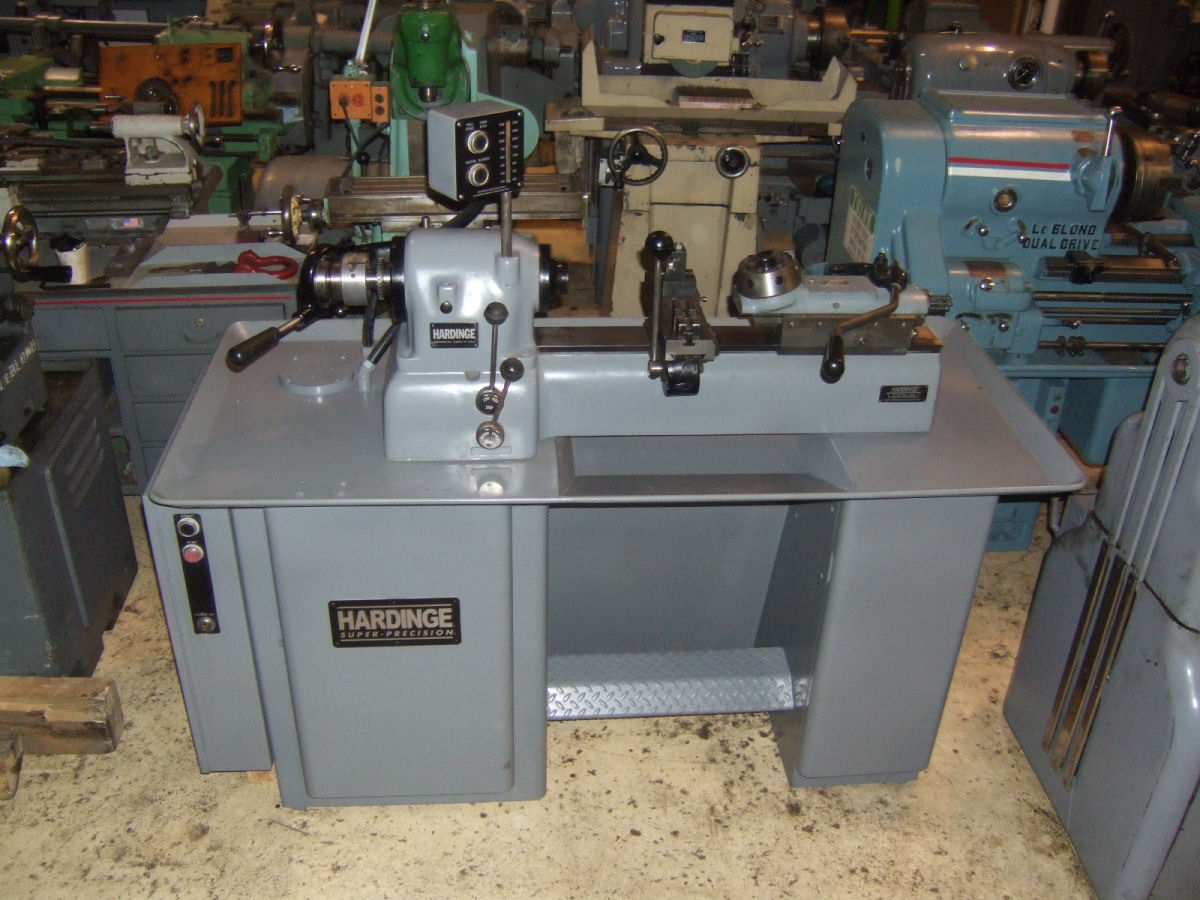As I understand matters :-
Sliding and surfacing means the machine can make accurate cuts both parallel to the bed axis and perpendicular to it.
BCSC is Back-Gear Screw Cutting meaning that the machine can cut threads by driving a leadscrew synchronised to the spindle via a train of gears. Its usually understood that the gear train ratios can be varied to cut different threads. Applies to machines with a screw cutting gearbox too although that was a later developement and originally all machines had open gears. The backgear referenceis confusing in that it also applies to the compact system used to get a low range of speeds from a cone pulley driven machine.
The once common precision bench lathe used chase style screwcutting based on short master threads for all common sizes. It was normally used with its saddle locked down to the bed so the slidng cut range was limited to the slide travel and was not necessarily parallel to the bed. Hence S&S and BGSC are important in differetiating what we consider the more common form of late from both the precision bench type and the many other more limited types used in production work.
Many capstan lathes, eg Ward, combine a limited selection of pick-off gears with several pitches of leadscrew for threading duties.
Generally Capstan lathe is British, Turret lathe is American but both refer to machines of similar capabilities and operating principle. Both have a rotating head containg several tools which are successively bought up to the workpiece as the head is indexed round after each stroke of the opreating lever or capstan. Technically the specific difference is that capstan lathes have a separate slide carrying the turret whilst turret lathes run the slide direct on the bed. In practice its geography rather than design which defines which is the generic term.
Engine lathe is American terminology usually applied to what we in Britain would term a BGSCSS machine i.e. the now common metal workers lathe. It derives from the obsolete meaning of engine as a device for doing something before it became commonly associated with prime movers e.g. steam engine, internal combustion engine. In Victorian and pre-Victorian days most mechanical devices of any complexity outside the horological world tended to be called engines, at least until they became common enough to get their own name. Back when the term engine lathe first became common lathe would be understood to refer to a simple machine which merely rotated the workpiece. Little more sophisticated than a watchmakers turns, bodgers pole lathe or the modern cheap hobby market wood lathe. An engine lathe referred to a machine having extra equipment ("engine" ) driven off the spindle so it could do more than simply rotate the work. For example screw-cutting or power feed equipment. Old style back shaft power feed can easily be seen as a simple "engine" bolted on to give additional capabilities.
Toolroom lathe is basically the high end, deluxe version of the normal manual lathe. Especially for American makers, e.g. SouthBend, who tended to use the term for a machine sold fully equiped with chucks, taper turning unit and collets. In British practice more associated with machines made to be very rigid and very accurate. Often a bed wider than spindle height is taken as the minimum distinction. Usually limited in spindle bore and bed length too. Mostly a shed load of special job accessories in the catalogue and always very expensive. The distinction tended to evaporate as more modern production techniques bought more ordianry machines up to standards approaching that of the true toolroom lathe. Time was an ordinary made down to a price machine might not even have proper graduated dials on all slides. In later years many toolrooms got on just fine with Colchester Triumph 2000 and similar machines which were certainly made down to a price but still had more than adequate accuracy. That said the true toolroom machines from the likes of Holbrook would still do a better job, especially on obdurate materials, but post war the difference in performance steadily evaporated and toolroom tended define a machine of high accuracy and capable of taking heavy cuts. Most DSG machines for example. The brochure for my wartime Pratt & Whitney model B 12 x30 clearly illustrates the start of this evolution.
Clive
PS long posts take time to write!
Edited By Clive Foster on 24/08/2016 22:37:53
Edited By Clive Foster on 24/08/2016 22:38:50
Edited By Clive Foster on 24/08/2016 22:39:28
Edited By Clive Foster on 24/08/2016 22:41:11
 Ady1.
Ady1.





